Silk is so much more than just textiles, it is the thread that brings ideas, creativity and life stories together. Check out our newest video to discover more about us!
1ST year- review, dressed to the nines
On the 27th June, we held an event at the Museo del Traje in Madrid for fashion schools, technologists, museum curators and universities. This celebration served as a forum to establish common points between cultural heritage and technology, weaving our past into the future.
SILKNOW was introduced by Dr. Ester Alba, dissemination and exploitation manager, who showcased the importance of silk heritage for the European economical, industrial and cultural development both in the past and in the present. This presentation was followed by an interview between, Dr. Cristina Portalés, senior researcher, and Dr. Rodrigo Martín Galán, Research Progamme Officer (European Commission). They discussed about the growing connection between humanities and technology in European projects.
On the 28th June, SILKNOW had its first review meeting at the Instituto Cervantes at an impressive meeting room covered by an imposing glass dome. All work packages were presented and the future paths for the project were traced. After a discussion, the work done so far in SILKNOW was approved with the according to the EU standards.
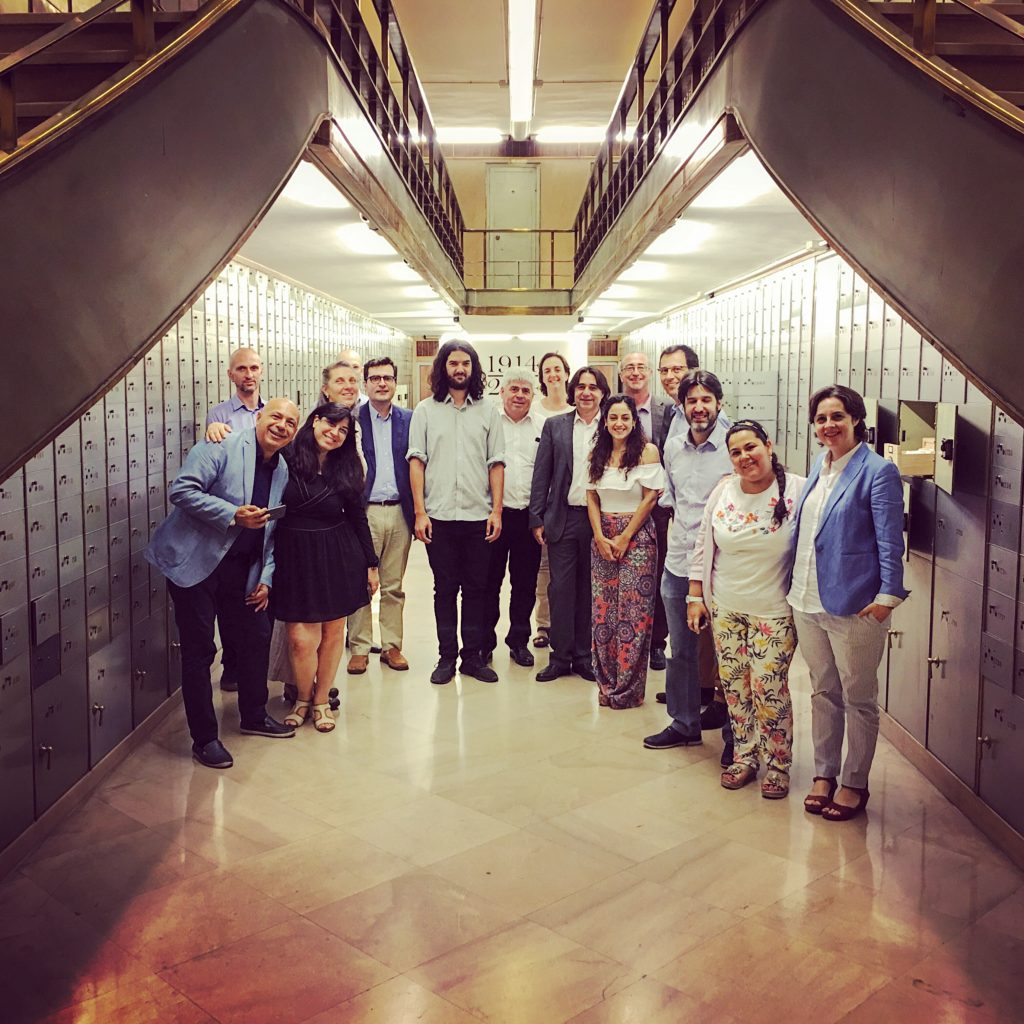
SILKNOW team 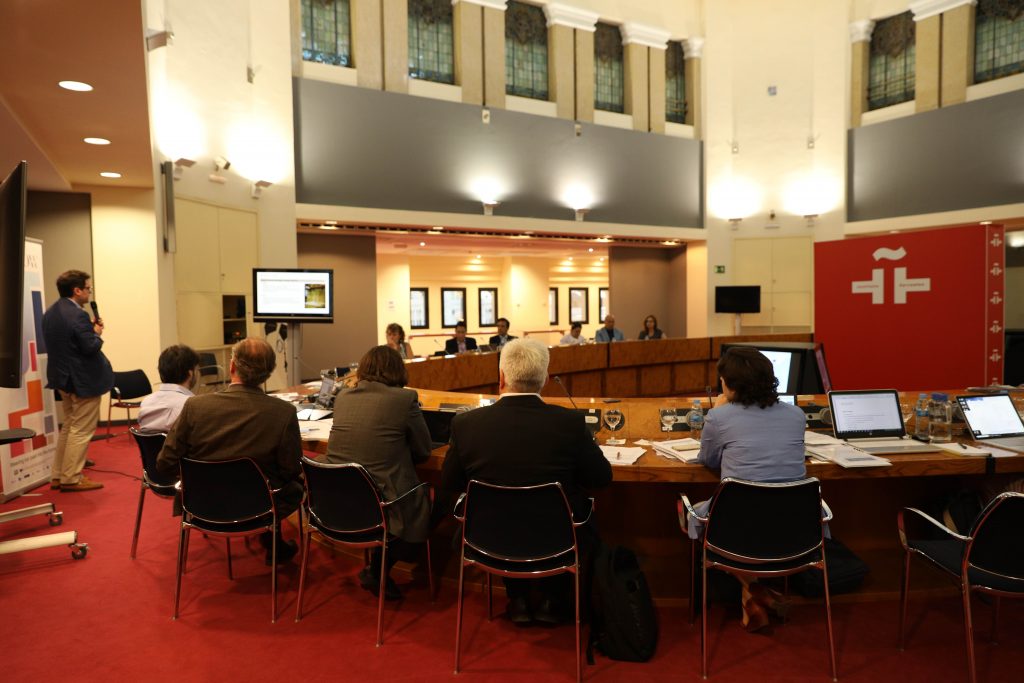
First Review 
First Review 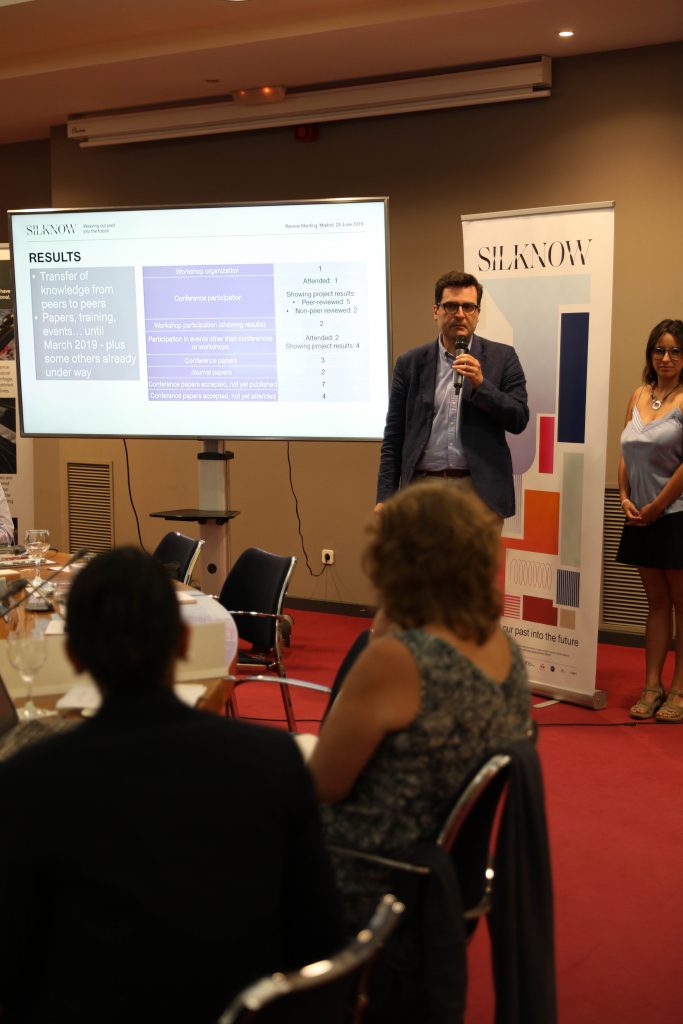
First Review 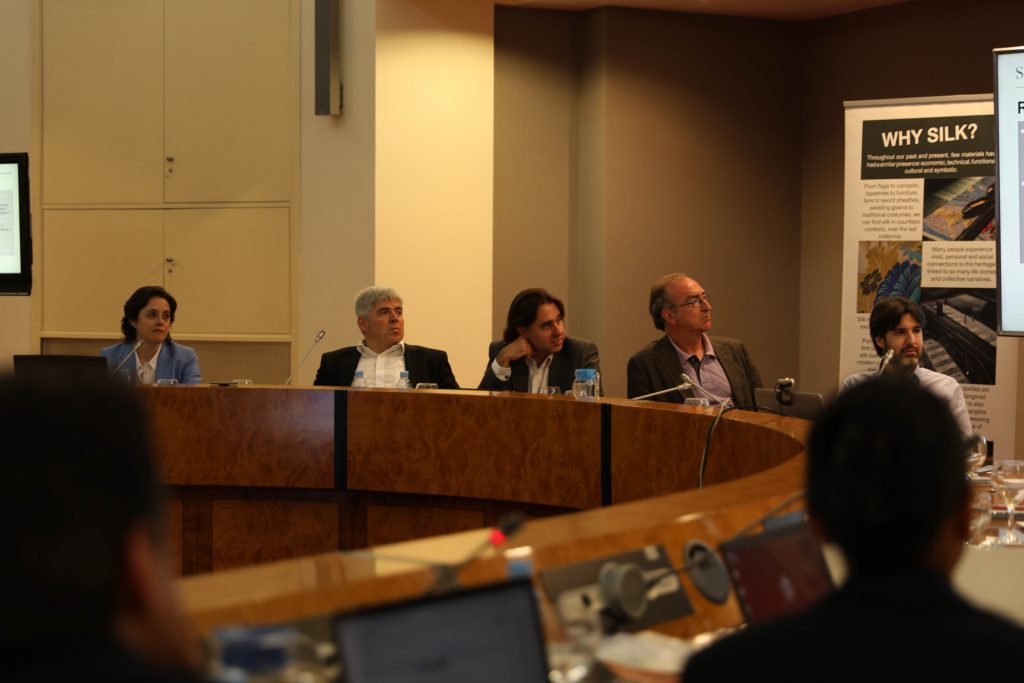
First Review 
Event- Museo del Traje 
Event- Museo del Traje 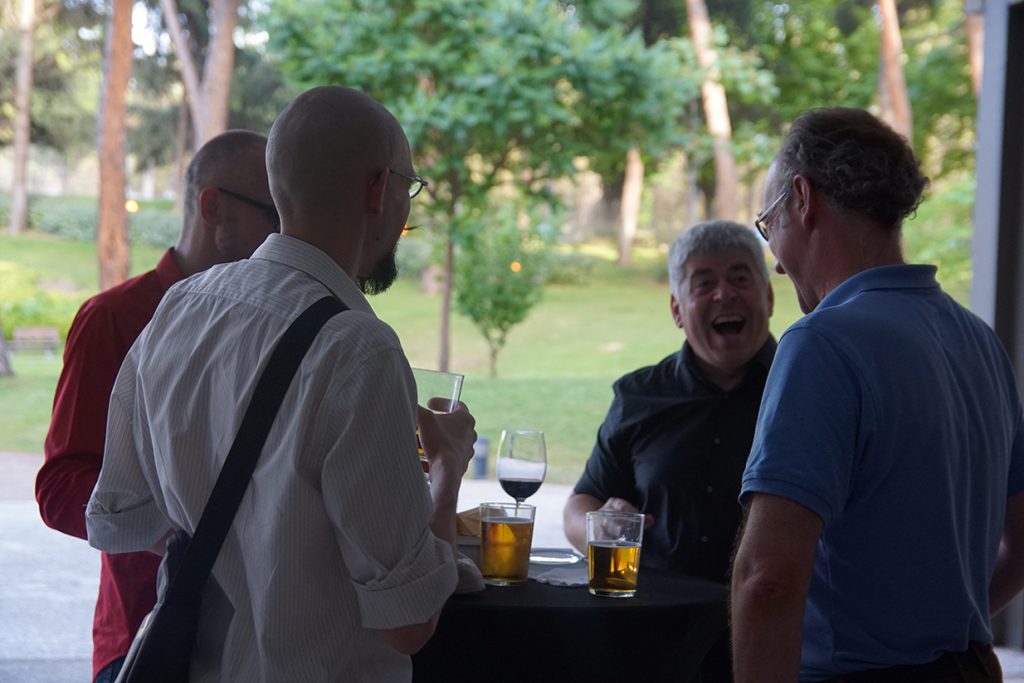
Event- Museo del Traje 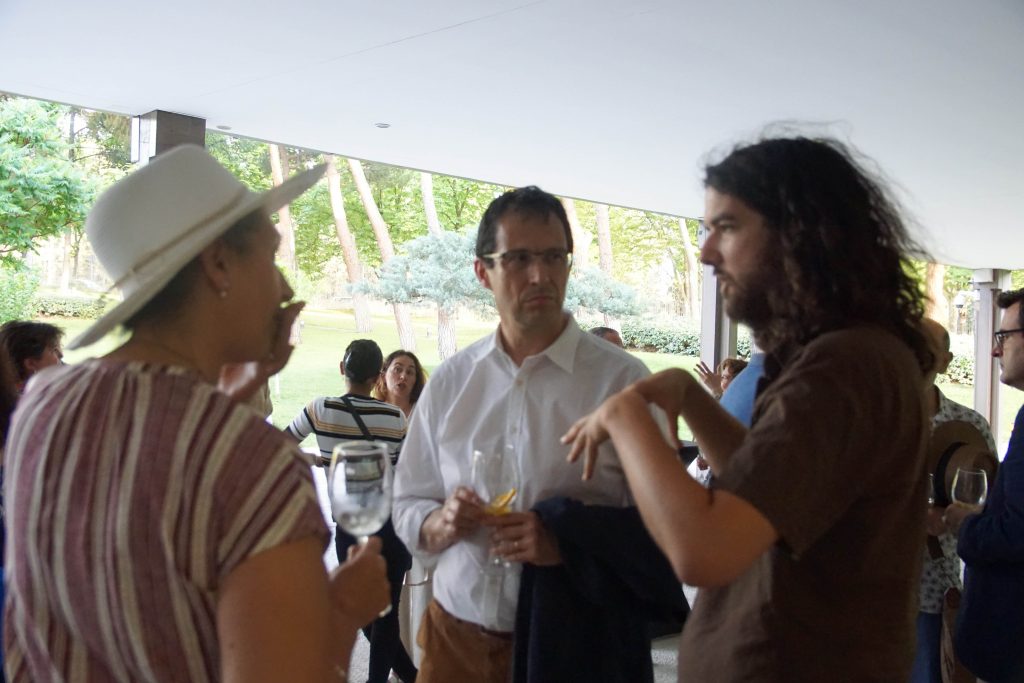
Event- Museo del Traje
Weaving technology: from textiles to big data
After a whole year working, we are happy to announce that the first versions of the SILKNOW Thesaurus and Virtual Loom are already done and will shortly be open for everyone to use them are quickly moving forward.
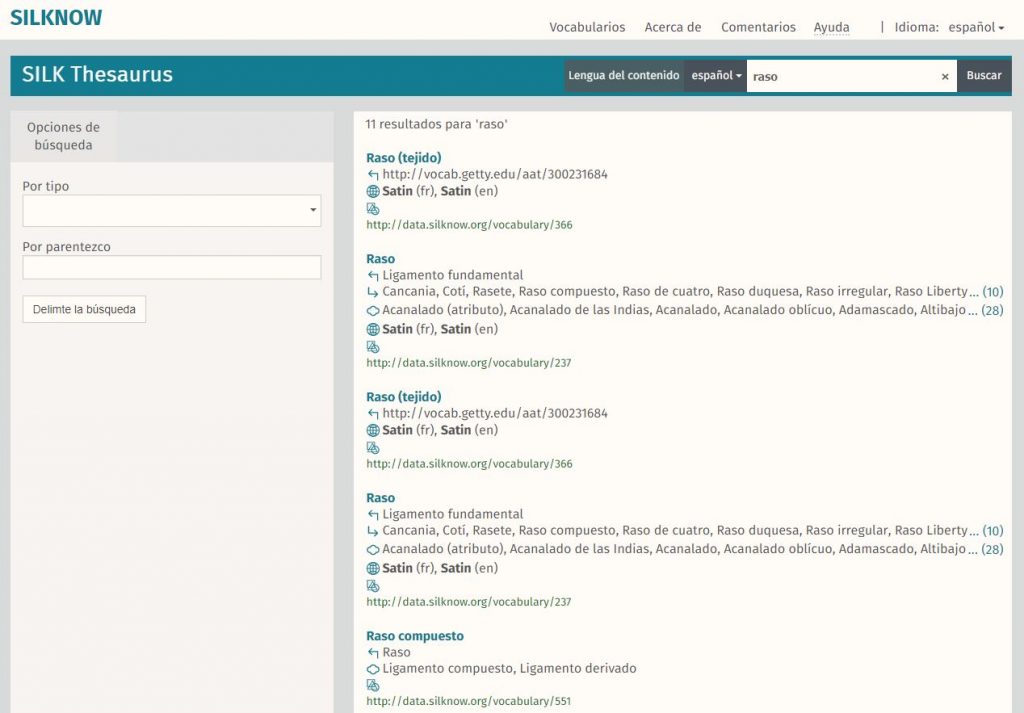
The specialized SILKNOW multilingual thesaurus is being carried out

The Virtual Loom is being designed and implemented by computer scientists with expertise in interactive 3D graphics, being supported by experts in historical weaving techniques. So far, we have implemented the basic techniques (plain weave, twill and satin) and a pictured weaving technique (damask). As input, the Virtual Loom takes an image, which is interactively processed to discern between the background and the yarns. This information, together with mathematical models of the weaving techniques, are computationally merged to produce a virtual model of textiles’ internal structure. The Virtual Loom is of interest for the creative industries and education sector, as users are able to use different weaving techniques for a given image, choose yarns’ colors, navigate through the virtual model and produce 3D printed models.
The SILKNOW family: one year wearing our hearts in our sleeves
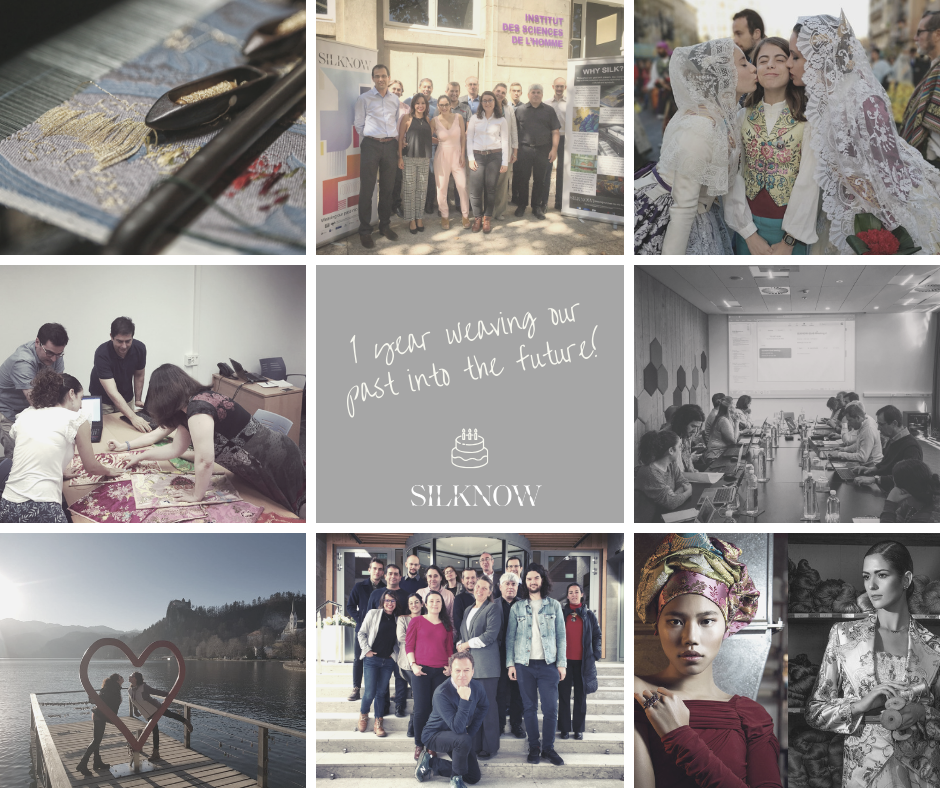
After one year working to preserve silk heritage, we can just say…wow! We haven’t just worked hard to protect silk; we have been breathing and living it: we became
The SILKNOW team has met in 4 different locations: Valencia, Lyon, Bled and Madrid. During these meetings we have shared and accomplished our tasks in order to prepare the SILKNOW tools and we have discussed the project´s future steps.
Especially, we wove our friendship. Hopefully, you will weave with us our past into the future!